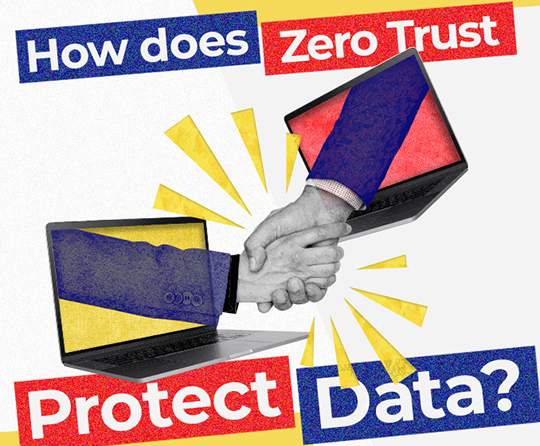In today's digital age, data is one of the most valuable assets for any organization. Therefore, protecting data against cyber-attacks and unauthorized access is a top priority. To achieve this, many organizations are adopting the zero-trust security model. Zero trust is a security concept that assumes that all users, devices, and applications, both inside and outside the organization's network, are potential threats. In this blog post, we will discuss what zero trust is and how it protects data.
-
What is Zero Trust?
Zero trust is a security model that requires the verification of every user and device that requests access to an organization's resources, regardless of their location. It is a departure from the traditional security model that assumed that everything inside the network was trustworthy. The zero-trust model operates on the principle of "never trust, always verify." This means that every user, device, and application must provide proof of identity and authorization before being granted access to a resource.
-
How does Zero Trust Protect Data?
How does Zero Trust Protect Data? Zero trust protects data by limiting access to only authorized users and devices. It does this by implementing several security controls, such as multi-factor authentication, network segmentation, and continuous monitoring. Multi-factor authentication ensures that only authorized users can access data by requiring them to provide multiple forms of identification, such as a password and a fingerprint. For example, CloudBacko is a cloud backup and recovery solutions provider which is using 2- Factor Authentication access control to verify user information in login to backup system. Network segmentation divides the network into smaller segments to limit the spread of a cyber-attack. Continuous monitoring ensures that any suspicious activity is detected and mitigated in real-time.
In conclusion, zero trust is a security model that assumes that all users, devices, and applications are potential threats. It protects data by limiting access to only authorized users and devices and implementing several security controls, such as multi-factor authentication, network segmentation, and continuous monitoring. Adopting a zero-trust security model can help organizations protect their valuable data against cyber-attacks and unauthorized access.
